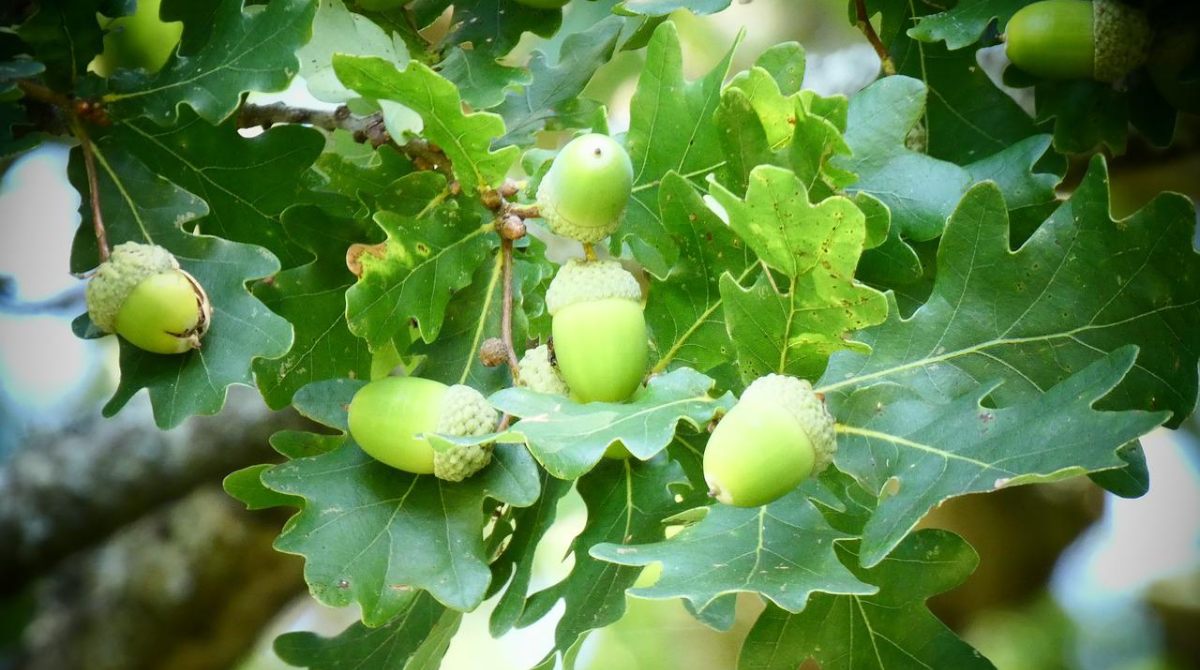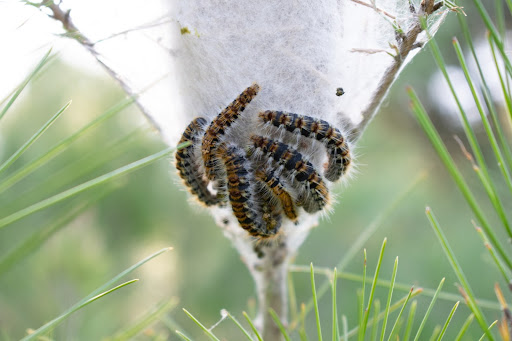
Date April 24, 2023
Eastern red cedar trees are quite common, and because of their hardy nature, you can find them growing in backyards, along roadsides and highways, and in dirt lots. These trees are extremely tolerant of heat, cold, poor soil conditions, and wind, and people often use them as windbreaks.
What Is an Eastern Red Cedar Tree?
Image via Flickr by lcm1863
The eastern red cedar, Juniperus virginiana, is a beautiful ornamental evergreen conifer tree people use for landscaping and to attract birds that eat the ripe seeds inside the cones of this tree. While called a cedar tree, it’s actually in the juniper family. This tree is native to the northern and eastern parts of Texas and the eastern part of the United States and grows well in the North Texas climate.
You’ll find several cultivars of the eastern red cedar including the:
- Blue eastern red cedar.
- Blue Mountain eastern red cedar.
- Grey Owl eastern red cedar.
- Hillspire eastern red cedar.
- Canaertii eastern red cedar.
What Are the Main Characteristics of the Eastern Red Cedar?
The eastern red cedar tree has a conical, pyramid shape with scaly-like leaves that are blue-green in color. Because the eastern red cedar is dioecious, meaning male and female plants are separate, you can easily tell which ones are female by the blue berry-like cones that birds are attracted to for their seeds. On the other hand, male eastern red cedar trees produce brown cones containing pollen that gets distributed by the wind. Wildlife enjoy the benefits of this tree as animals and birds eat the seeds, mammals use the bark for nesting material, and deer eat the foliage.
Do Eastern Red Cedar Trees Have Pests or Diseases?
Even though eastern red cedar trees are drought-tolerant and normally resistant to most pests and diseases, if they don’t have proper care and nutrients, they may become susceptible to juniper twig blight and scale. These trees can also get spider mites or cedar apple rust fungus, weakening the tree’s system. You may also notice webs forming in the upper parts of the tree, indicating bagworms. These insects can eat through the needles causing defoliation.
What’s the Best Way To Care For My Eastern Red Cedar Trees?
Eastern red cedar trees require minimal care, but when the trees need pruning, fertilization, or pest or disease care, you’ll want to call a professional tree care service that understands how these trees grow and how to care for them. These trees need a special fertilizer formula applied properly so as not to harm the tree’s roots. In addition, you’ll need to learn how to water your eastern red cedar tree to ensure the roots get watered without excess moisture causing rot. During the hot North Texas summers, consider mulching around your eastern red cedar tree to help with water conservation.
The team members at TreeNewal are ISA Certified Arborists and offer full-service sustainable tree services such as pruning, fertilization, and pest/disease management. Contact us today for any of your eastern red cedar or other Dallas Fort-Worth, Texas, tree needs.









